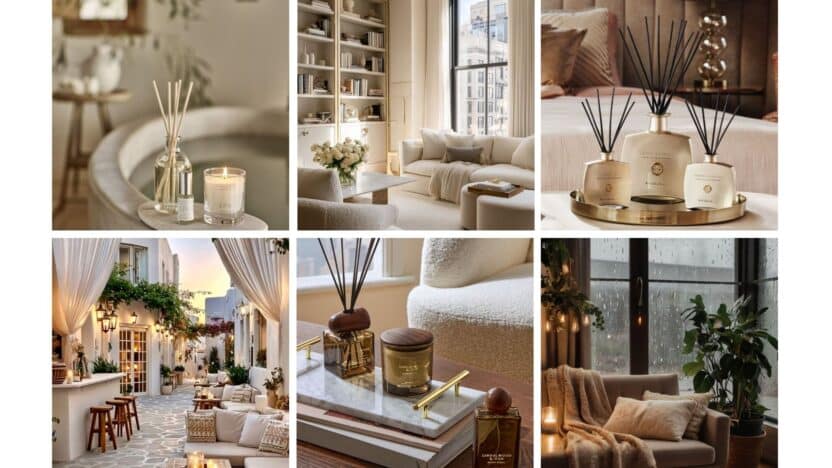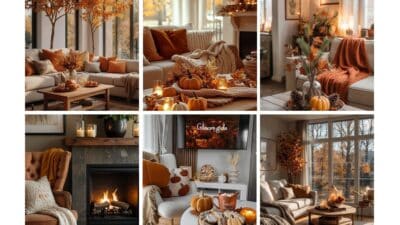Your home’s atmosphere is shaped not just by how it looks, but by how it smells. When you use home fragrances—like candles, diffusers, sprays, and oils—you can create a unique ambiance that feels just right for you and your guests. Combining home fragrances is a simple way to design a signature scent profile for each space, making your environment more inviting and memorable.
Blending different scents lets you tailor the mood, whether you want fresh and energizing in the kitchen or calm and cozy in the living room. Mixing complementary notes, considering the season, and following a few practical tips will help you get the right effect without overpowering your senses.
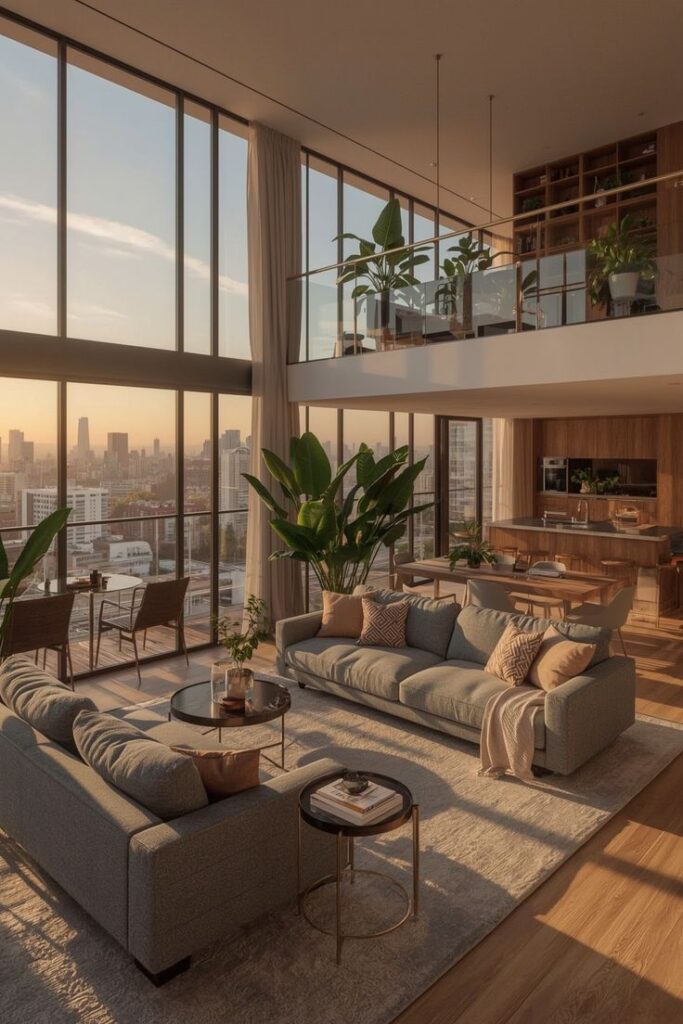
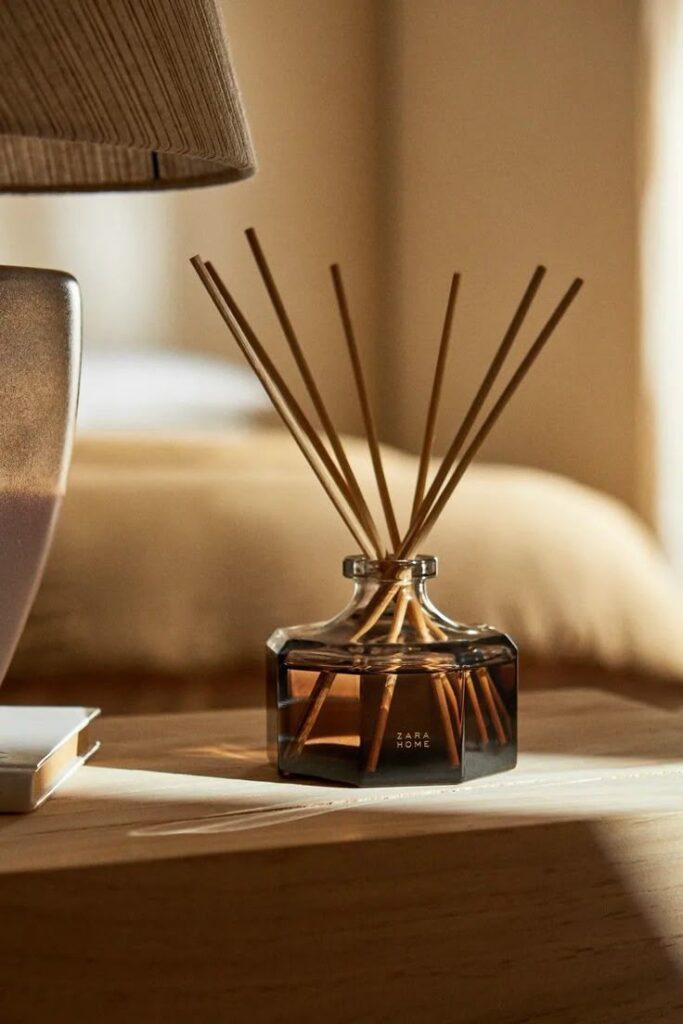

Key Takeaways
- Home fragrances can shape the atmosphere of your space.
- Effective scent combinations are both inviting and easy to create.
- Blending safely and creatively provides lasting results.
Understanding Home Fragrances
Home fragrance is about more than just scent—it’s about creating an inviting atmosphere and influencing the mood in your space. The products you choose, the kinds of scents you prefer, and the ingredients they use all play a role in your home’s unique aroma.
Types of Home Fragrance Products
There are several common ways to scent your home, each offering different benefits and experiences. Candles are popular for their warmth and ambiance, while reed diffusers deliver a steady fragrance that lasts for weeks and require little upkeep.
Room sprays give you quick bursts of scent and can freshen up areas instantly. Wax melts provide flameless fragrance using a warmer, making them a safer choice for some households. Plug-in devices and electric diffusers offer customizable fragrance intensity and are easy to use.
Popular Home Fragrance Products
| Product Type | Pros | Cons |
|---|---|---|
| Candles | Cozy, decorative, wide variety | Open flame, needs monitoring |
| Reed diffusers | Constant scent, low maintenance | Scent strength fades over time |
| Room sprays | Instant effect, portable | Short-lived scent |
| Wax melts | Flameless, long-lasting | Needs warmer device |
| Electric diffusers | Adjustable, often use essential oils | Needs electricity |
Popular Scent Families for the Home
Fragrance families help you find scents that suit your preferences and your space. Fresh and citrus scents, such as lemon, grapefruit, and bergamot, are commonly used for kitchens and bathrooms because they create a sense of cleanliness.
Floral notes like lavender, jasmine, and rose add a soothing touch to bedrooms and living rooms. Woody and earthy fragrances—think sandalwood, cedar, or patchouli—bring warmth and coziness to larger spaces or colder months.
For a comforting atmosphere, gourmand scents such as vanilla or caramel are a favorite in dining areas. Herbal notes like eucalyptus and sage provide a refreshing, spa-like feeling and are great for promoting relaxation.
Natural Ingredients and Essential Oils in Home Fragrance
Natural ingredients and essential oils are becoming increasingly popular options for those looking to avoid synthetic chemicals in their home fragrance products. Essential oils such as lavender, eucalyptus, and tea tree offer a range of scents and potential mood benefits, and can be found in many diffusers and sprays.
Soy-based candles, beeswax, and dried botanicals provide fragrance using naturally sourced materials. Reed diffusers often use carrier oils blended with pure essential oils, offering a clean and consistent aroma without artificial additives.
When choosing home fragrances, check for ingredient labels and opt for products with simple, plant-based or essential oil formulas if you prefer a natural approach. This is especially helpful for households with children, pets, or sensitivities to synthetic scents.
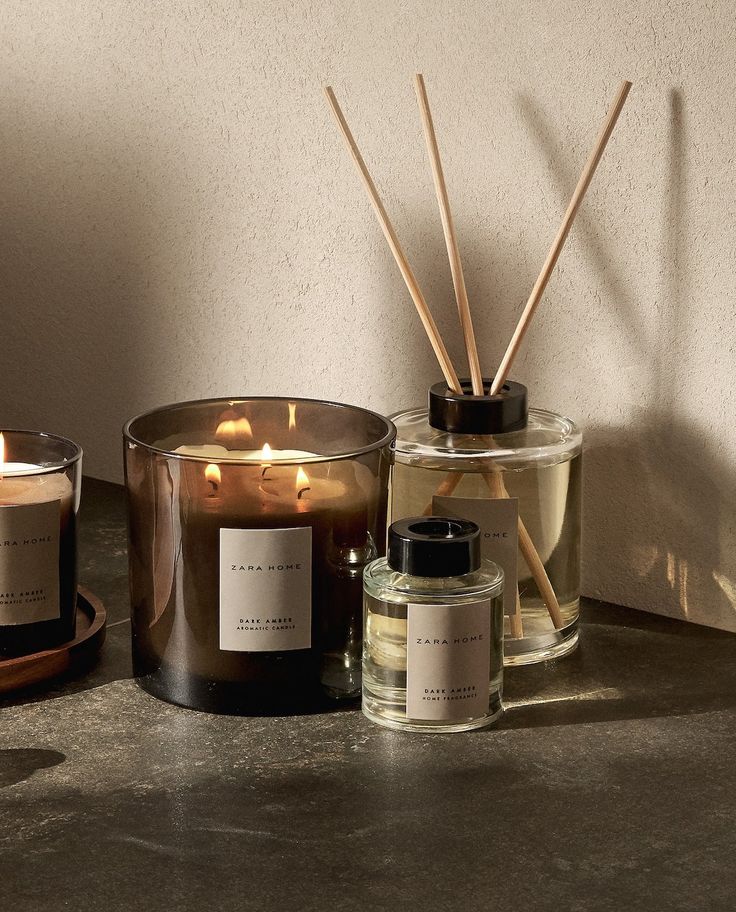
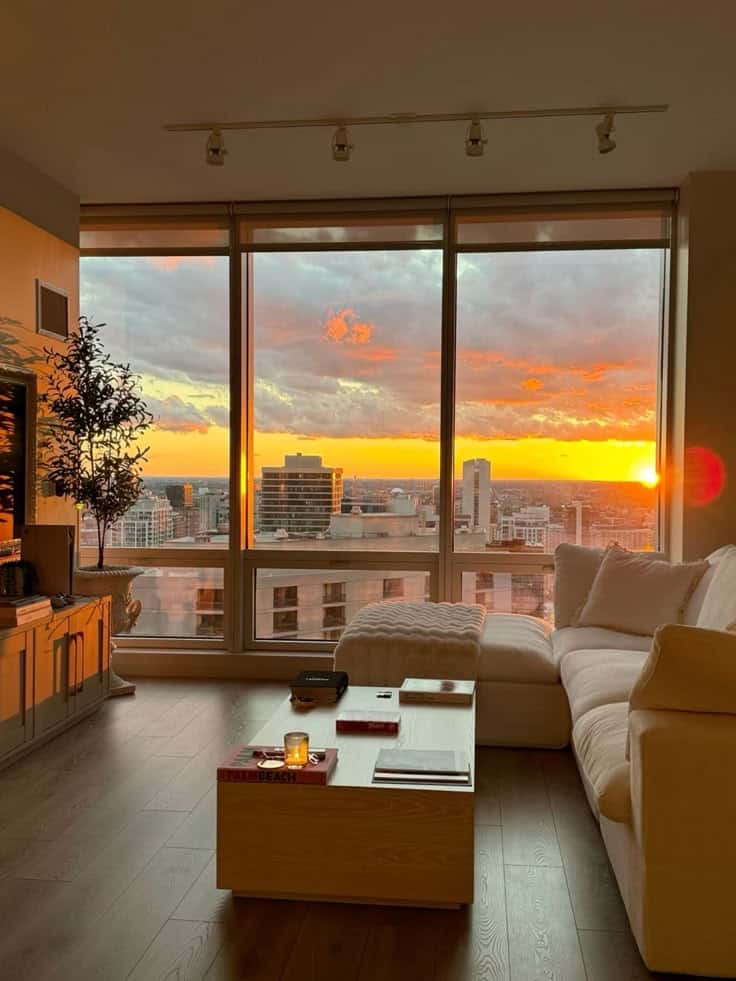
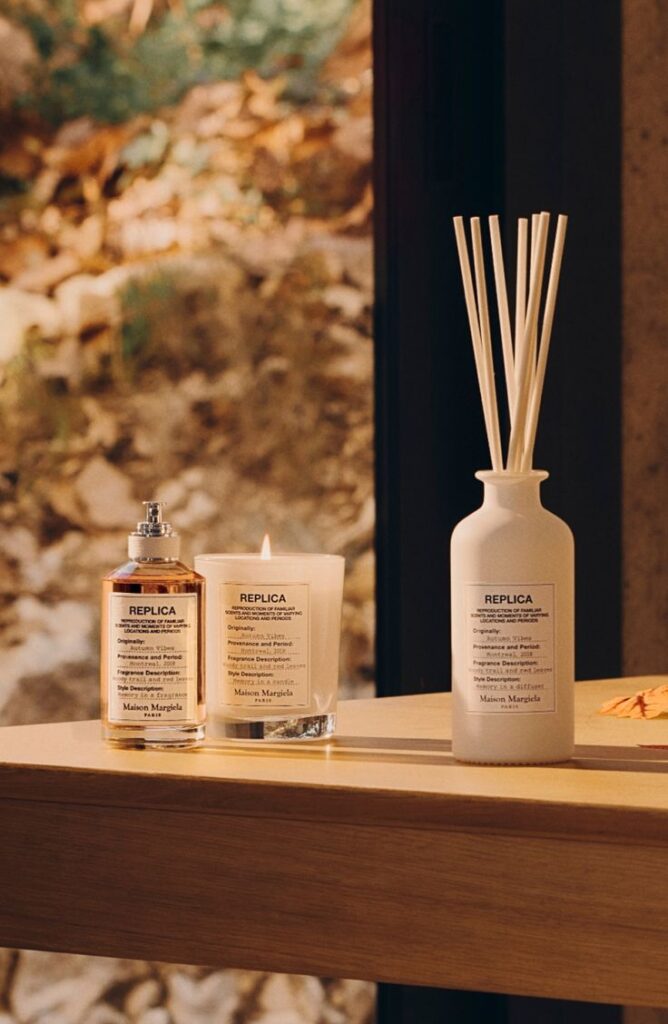
How to Combine Home Fragrances Effectively
Blending home fragrances can turn a basic room into a comforting, inviting space. The right combinations help create moods, support relaxation, and leave a uniquely personal impression for both you and your guests.
The Basics of Fragrance Layering
Fragrance layering means using more than one scent at a time in your space. This can include mixing candles, diffusers, room sprays, or incense.
When you layer, it helps to understand fragrance notes:
- Top notes: What you notice first (like bergamot or citrus).
- Heart notes: The main body (floral tones such as rose or jasmine).
- Base notes: The lasting foundation (amber, sandalwood, or vanilla).
Aim for a balance:
- Start with a single focal scent as your anchor.
- Add another fragrance with complementary notes.
- Avoid overwhelming your senses by avoiding too many strong scents at once.
Different parts of your home may call for different combinations, so feel free to experiment to see what suits various spaces best.
Complementary Scent Combinations
Choosing scents that complement each other will keep your home smelling cohesive. Some scents naturally pair well together and create a pleasant harmony.
Consider these classic combinations:
| Scent 1 | Scent 2 | Scent 3 |
|---|---|---|
| Vanilla | Clove | Sandalwood |
| Bergamot | Jasmine | Amber |
| Rose | Cedarwood | Cardamom |
Warm, spicy scents like clove or cardamom blend nicely with sweet notes such as vanilla or floral elements like rose. Woody aromas—think sandalwood or cedarwood—help ground brighter, airier scents and make them last.
Try these steps:
- Test combinations in smaller areas first.
- Mix and match, but keep to two or three scents at a time.
- Choose one main scent and use supporting fragrances to add complexity.
Building a Signature Scent for Your Space
Creating a signature scent means picking fragrances that fit your personal style and the mood you want each space to convey. Ask yourself what feelings you want to evoke—relaxation, energy, warmth?
Start by selecting a scent that stands out to you, such as vanilla for coziness or bergamot for freshness. Add supporting scents, like cedarwood for earthiness or jasmine for a floral lift.
Rotate or layer these in different parts of your home:
- Living room: Amber and sandalwood for depth.
- Kitchen: Bergamot and cardamom for brightness.
- Bedroom: Vanilla and rose for calm.
Keep notes of the combinations you like most so you can recreate them or tweak as your preferences change.
Common Mistakes to Avoid When Combining Scents
Using too many strong scents at once can quickly become overwhelming. Limit the number of fragrances you use in one space to maintain clarity and prevent clashing.
Mixing scents from completely different families (like sharp citrus with heavy musk) may result in unpleasant blends. Always check that the fragrance notes share some common characteristics.
Avoid layering only base notes, as this can make the scent heavy and flat. Incorporate a mix of top, heart, and base notes to keep things balanced.
Refrain from placing multiple strongly scented products—like incense and overlapping candles—in the same area, as this may reduce the appeal of each individual fragrance. Instead, let one scent lead, then support it with lighter accents.
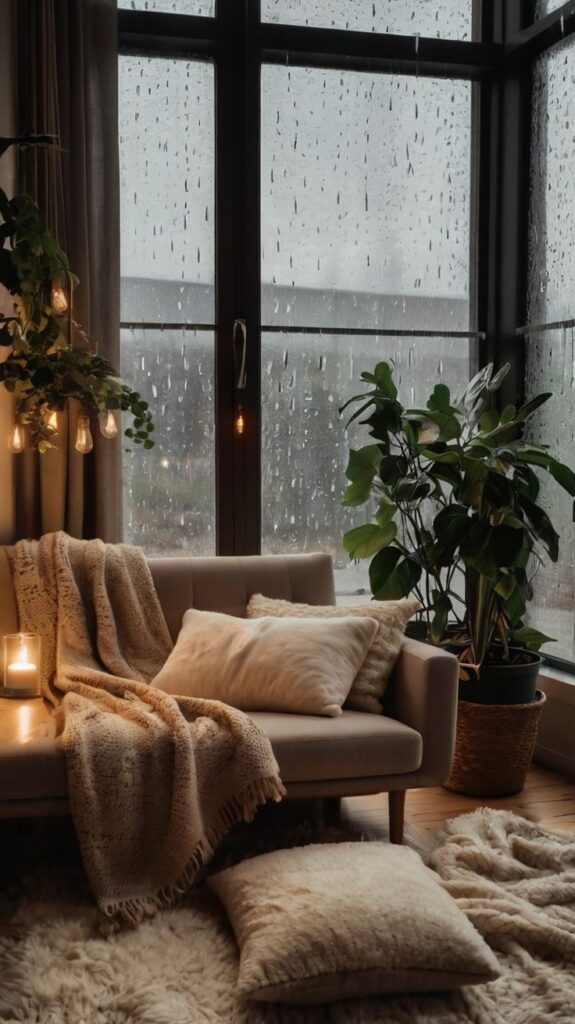
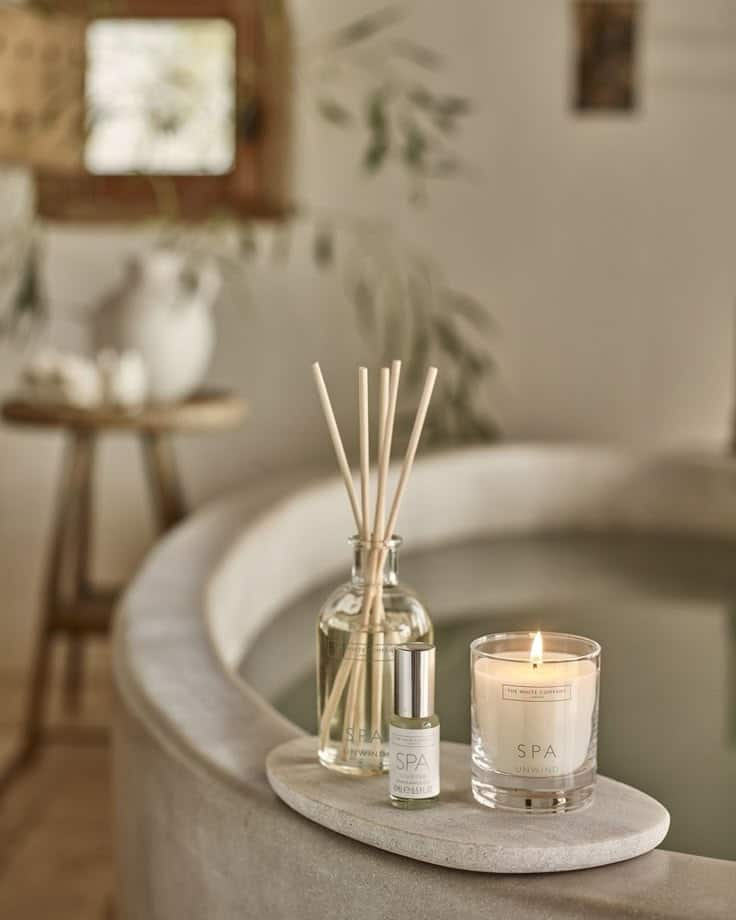
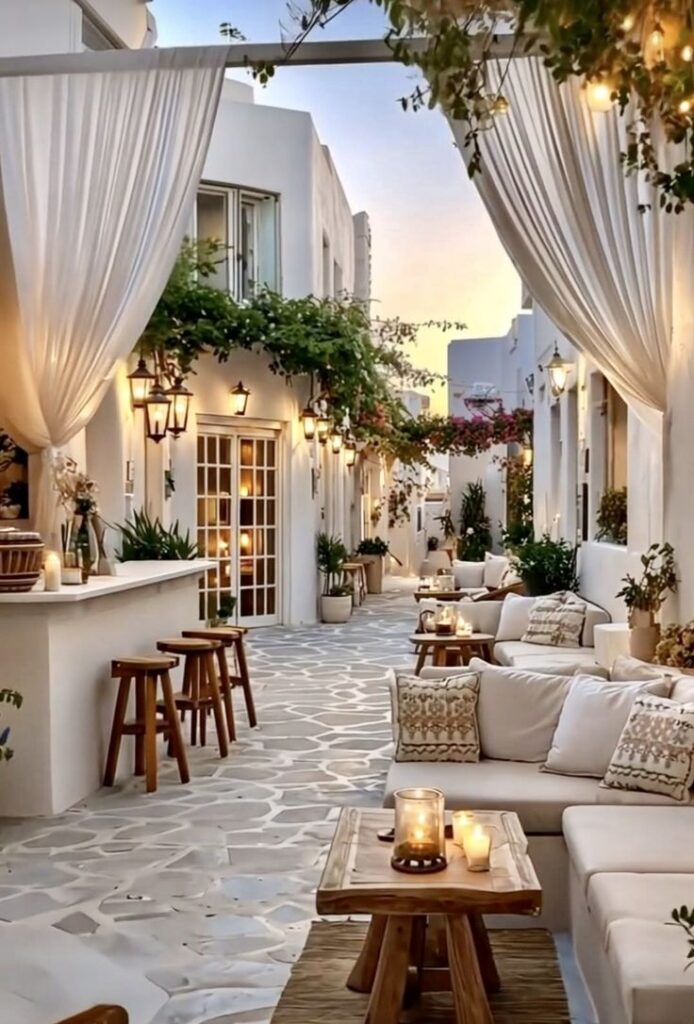
Creative Methods and Recipes for Home Fragrance Blending
Blending your own home fragrances puts you in control of every ingredient and scent note. By combining herbs, flowers, essential oils, and simple carrier liquids, you can create blends that are natural, affordable, and tailored to your preferences.
DIY Blends with Herbs and Flowers
Herbs and flowers are easy to source and work well for creating fresh, inviting home aromas. Popular ingredients include lavender, rosemary, mint, lemon balm, rose petals, and lily. You can use dried or fresh materials.
Combine dried rose petals, lavender, and a sprig of rosemary in a small bowl for a calming room scent. For a kitchen-friendly blend, mix dried mint, lemon peel, and basil.
Try a stovetop simmer pot:
- Fill a saucepan with water.
- Add a handful of lily petals, two sprigs of mint, and a slice of lemon.
- Let it simmer on low heat and refresh with water as needed.
Mixing herbs and flowers with baking soda makes effective carpet or drawer fresheners. Just sprinkle the blend and let it sit before vacuuming.
Room Sprays and Reed Diffuser Mixes
Home fragrance sprays and reed diffusers are straightforward to make and offer long-lasting scent. For a room spray, you need:
- 1 cup distilled water
- 2 tablespoons vodka
- 20 drops of essential oil (choose lavender, lily, or any favorite scent combination)
Combine the ingredients in a spray bottle. Shake before each use for an even scent distribution.
For a reed diffuser mix:
- 1/4 cup sweet almond oil or fractionated coconut oil
- 15-25 drops of your chosen essential oils (try lily and lemon balm for a fresh floral blend)
- Reed sticks
Pour the oil and essential oil blend into a glass jar, then insert the reeds. Flip the reeds occasionally to refresh the scent.
| Blend | Oils/Ingredients | Recommended Use |
|---|---|---|
| Calming Floral | Lily, lavender, rose | Bedrooms, bathrooms |
| Citrus Fresh | Lemon, mint, rosemary | Kitchen, entryways |
Seasonal and Mood-Based Scent Ideas
The atmosphere in your home shifts throughout the year. Match your blends to the season or intended mood:
- Spring: Lily, lavender, and lemon for an uplifting, clean scent.
- Summer: Mint, lemongrass, and basil to refresh and cool.
- Autumn: Clove, cinnamon, and dried rosemary for warmth.
- Winter: Pine, eucalyptus, and orange peel for coziness.
To enhance relaxation, try lavender with chamomile and a hint of lily in your bedroom. For a productivity boost in the home office, blend peppermint, rosemary, and lemon zest.
Start with small test batches so you can adjust the ratios to your liking. Patch test new blends if you have scent sensitivities.

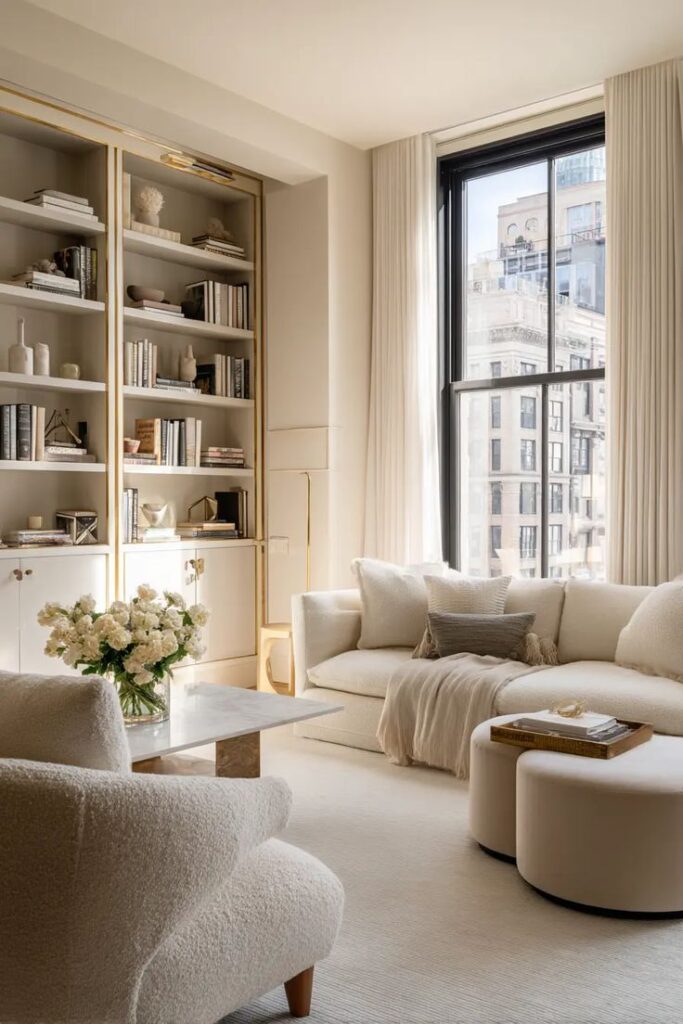
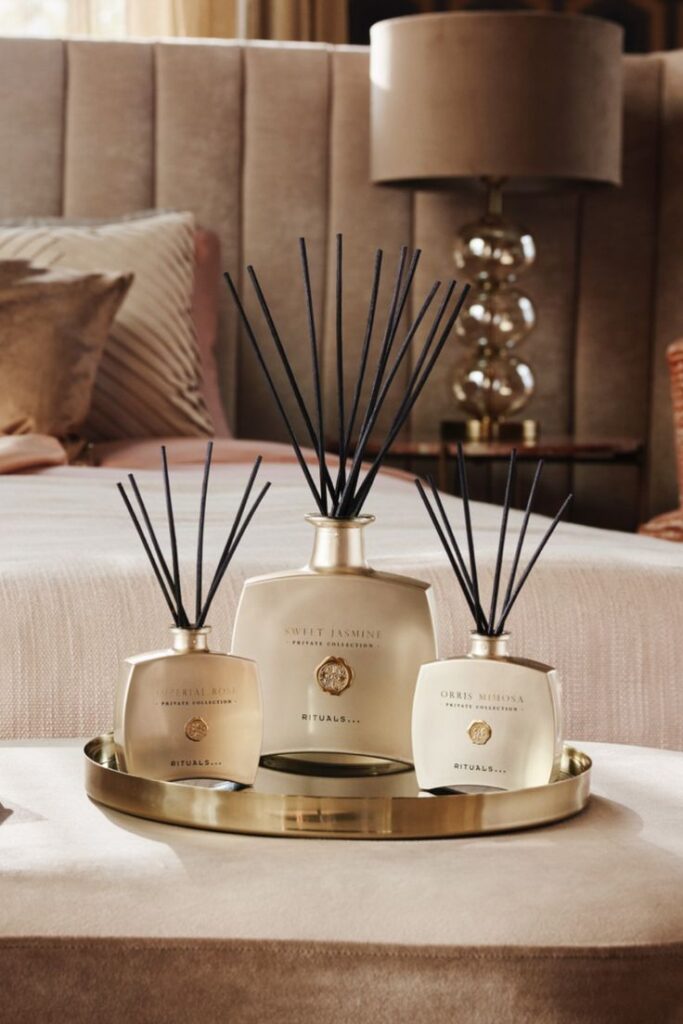
Tips for Long-Lasting and Safe Scent Combinations
Creating a lasting and pleasant scent at home means paying attention to the ingredients you use, how you layer scents, and how your choices affect indoor air quality. Small changes in how you choose and combine fragrances can make your space more inviting and comfortable.
Maximizing Scent Longevity in the Home
Focus on layering scent types to help fragrance linger. Start with a strong base note—like cedarwood or patchouli—then add heart notes such as rose or lavender, and finish with a light top note like citrus or mint. This approach mirrors how perfumers build structure for longer-lasting results.
For even longer effect, use essential oils with natural fixatives. Ingredients like benzoin, myrrh, or resins slow down how quickly scent evaporates. A 20-25% concentration of essential oil in your blends often gives a longer presence.
Use textiles strategically. A few drops of essential oil placed on fabric (such as curtains or cushions) hangs in the air for hours. Be careful to check the fabric’s care label first to avoid staining.
Using Safe Natural Ingredients
Select natural ingredients such as essential oils, dried herbs, or citrus peels for most blends. These generally release gentle aromas and avoid many chemical irritants found in some commercial air fresheners.
If using essential oils, check that each oil is safe for all household members, including pets. For example, tea tree and eucalyptus should be avoided around cats and dogs. You can reference a safety table for quick checks:
| Oil/Ingredient | Safe for Kids? | Safe for Pets? |
|---|---|---|
| Lavender | Yes | Yes |
| Eucalyptus | Yes | No |
| Tea Tree | No | No |
| Orange | Yes | Yes |
Always use essential oils in recommended amounts. Too much can lead to headaches or skin irritation.
Maintaining Balance and Air Quality
Blending multiple scents requires care to avoid overpowering your space. Stick with two or three complementary fragrances rather than mixing many scents at once. Keeping your blend simple allows each note to shine without becoming overwhelming.
Regular ventilation is important. Open windows or use air purifiers to keep indoor air fresh, especially after burning candles or incense. This helps keep pollutants and particulate levels low.
If anyone at home is sensitive to strong scents or has allergies, test small amounts first. You can dilute essential oils with water or carrier oils to make them less intense. This ensures a safer and more comfortable environment for everyone.


